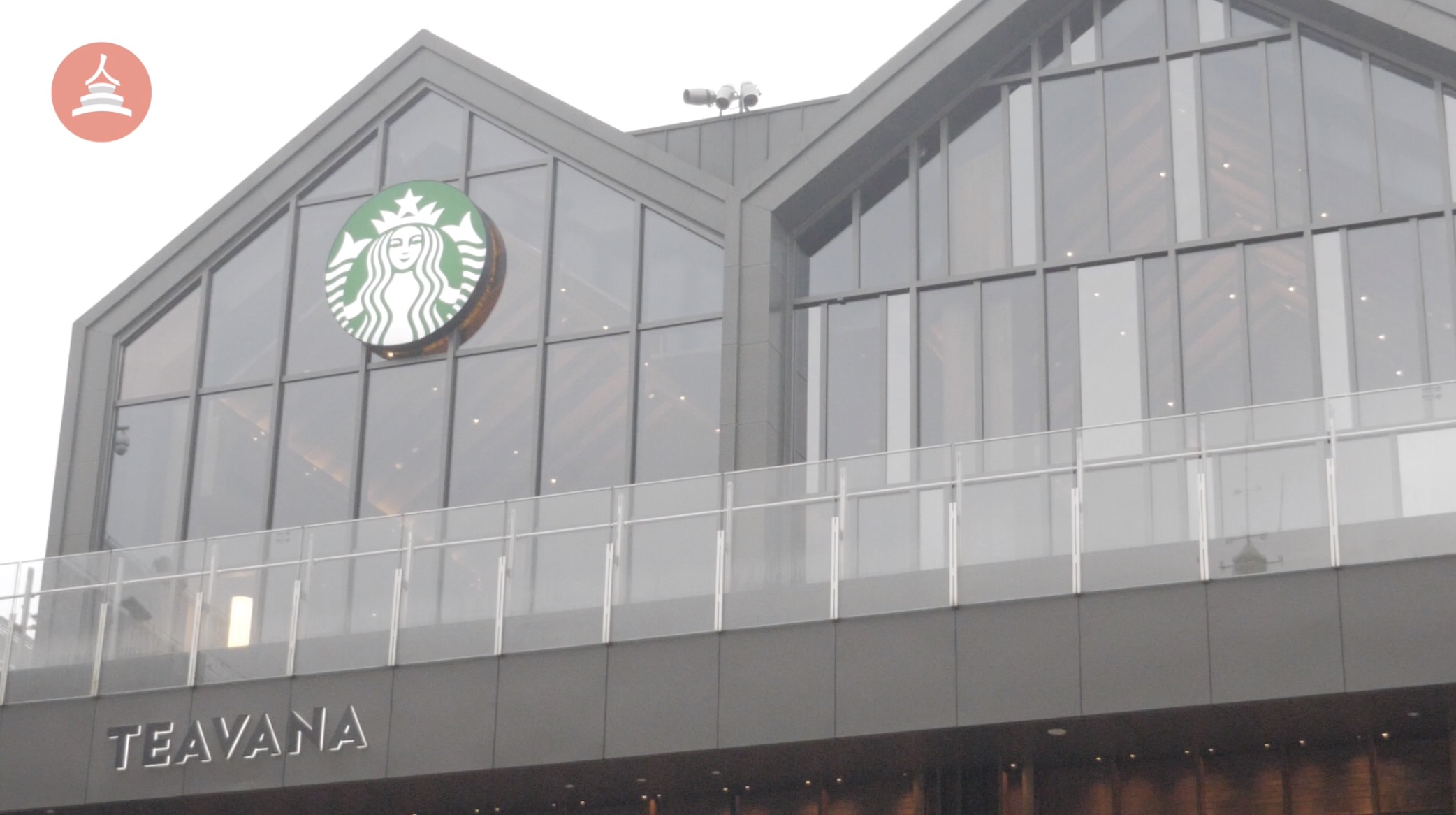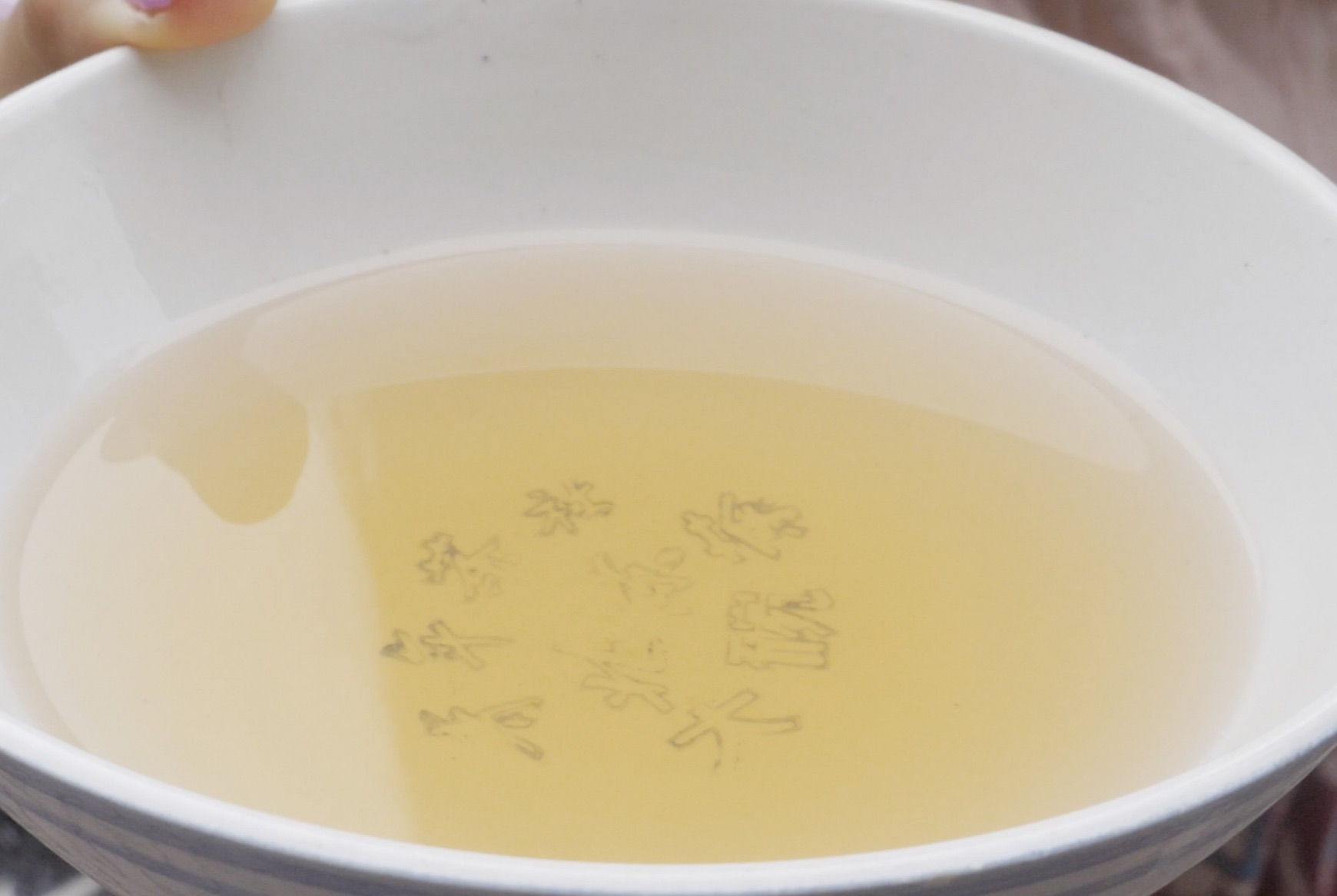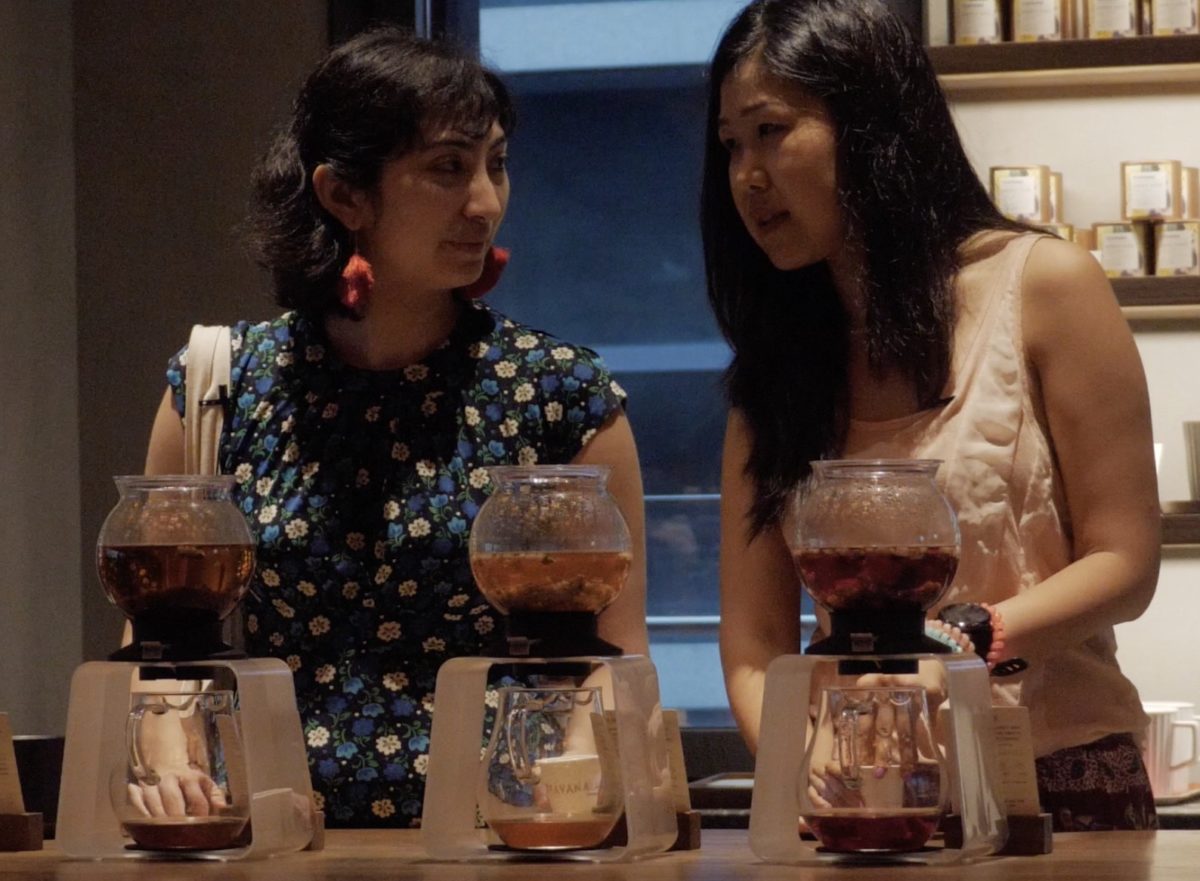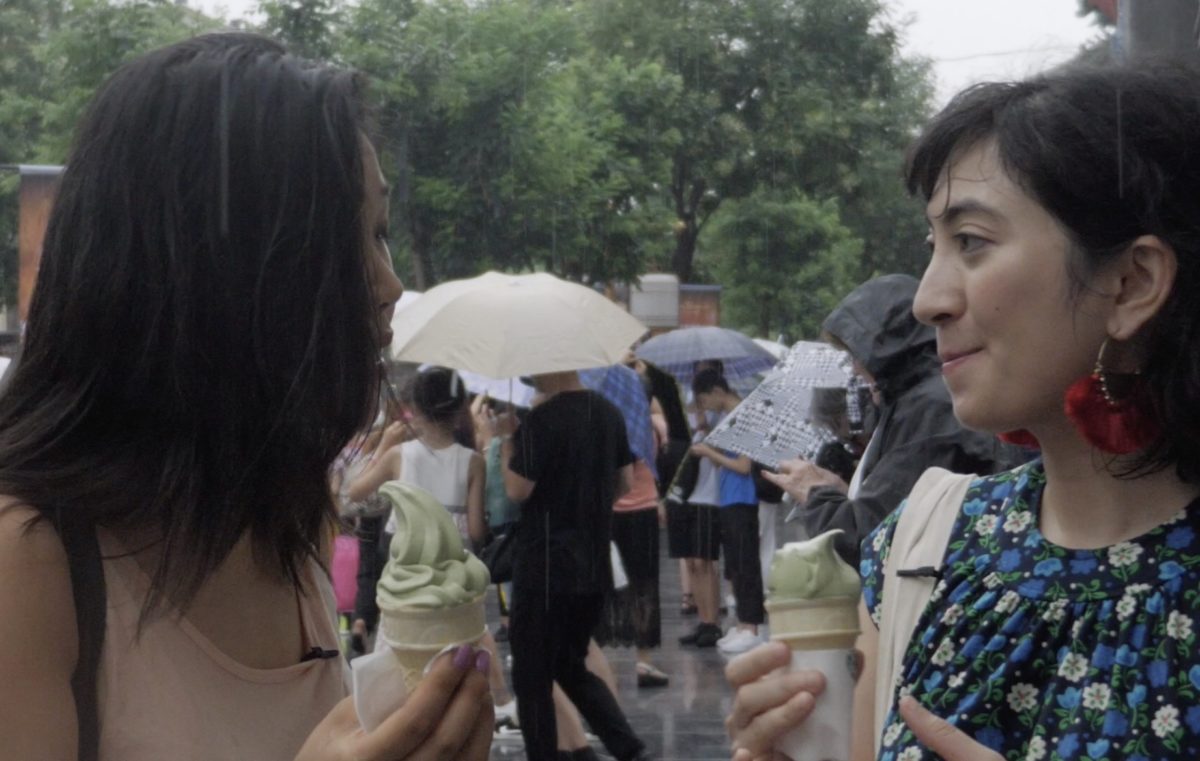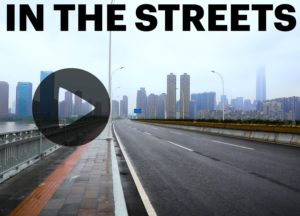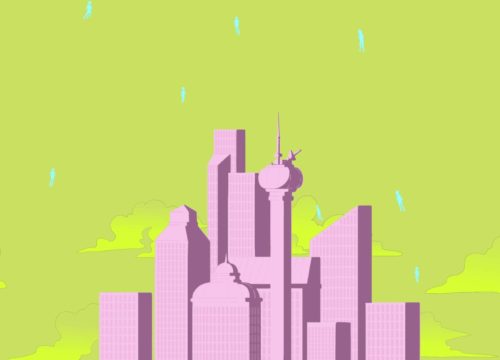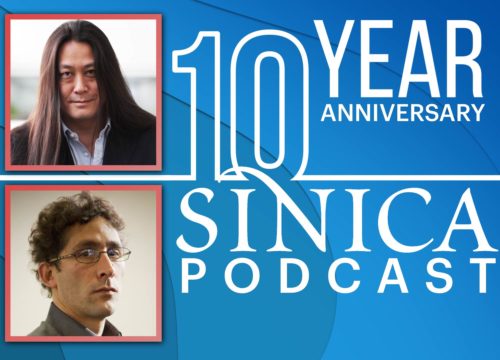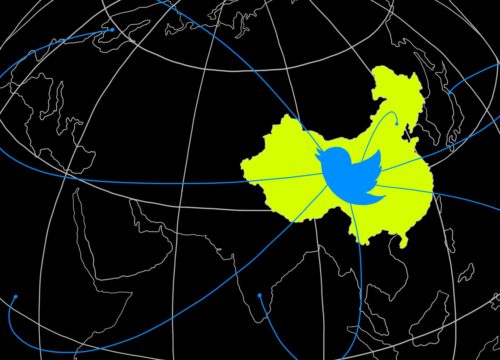Beijing Ren: Tea and Starbucks at historic Qianmen
Beijing Ren is a video series documenting local contemporary Beijing life and culture.
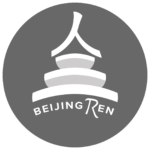
Qianmen 前门, which literally means “front gate,” refers to the city gate and tower that stand directly south of the Forbidden City, once part of the fortifications that included a city wall, and is one of the best-known parts of the capital. For centuries, it was a cauldron of vibrant culture, where commerce mixed with art, entertainment, and local life. An alley off to the southwest of Qianmen, called Big Eight (八大胡同 Bādà Hútòng), was once full of teahouses, restaurants, shops, theaters, and seedy opium dens and brothels.
Qianmen Dajie (前门大街, map), the main avenue that runs south from Qianmen gate, is one of the most visited spots in the city today, though it’s lined with shiny facades that obscure the street’s hundred-year history. In fact, the newness was unveiled as part of ongoing renovations in the area that began before the 2008 Olympics. What was hailed as a restoration project, however, drove out lots of businesses and residents who had been there for generations, and with it, out went the soul of this hub of social and cultural life and history.
While some long-established stores and restaurants — including centuries-old institutions like Quanjude Roast Duck restaurant (全聚德) and Wuyutai Tea shop (吴裕泰茶庄, featured in the video) — remain, the old street has added modern elements, with international brands such as Rolex, Zara, McDonald’s having moved in. And also Starbucks, which opened a three-story flagship store here over the summer:
My friend Becky Davis and I began our exploration of old and new Qianmen at a teahouse based on the setting in the famous Lao She play Teahouse (茶馆 cháguǎn).
Teahouses were popular in old Beijing, much like the Parisian cafes of Hemingway’s time. They were social spaces where everything from politics to life was discussed, and drew in thinkers, revolutionaries, artists, and locals.
Tea — the drink of conversations — wasn’t always consumed in dainty porcelain cups. Regular folk would just as happily sit or stand on the side of the street with bowl in hand, as a punter similarly might outside a London pub. A culture grew out of this: Big Bowl Tea culture.
Today, Laoshe’s Teahouse 老舍茶馆 in Qianmen — a 10-minute walk from the popular Dashilan Avenue 大栅栏 (which locals call Dashilar, because Beijingers love appending the “r” sound to the end of words) — has a floor dedicated to Big Bowl culture, in addition to other Beijing traditions such as crosstalk and Peking Opera. Outside the teahouse you can get your own serving of big bowl tea for free.
A 10-minute walk away is a gigantic cafe — Starbucks, you might have heard of it — so popular that queues form outside on weekends. There’s an entire floor dedicated to tea at this place, called Teavana. Inside, traditional elements form part of the décor, like a painted Peking Opera mask made from dried tea nuggets.
While Qianmen may already have two other Starbucks (one of them is a one-minute walk away), they are nothing like the new entrant. The ground floor of this three-floor complex is dedicated to coffee — known as Starbucks Reserve — while the second floor is the tea-centric Teavana. To our surprise, the third floor only serves alcoholic beverages. I tried the Rwanda Sholi siphon (given that Becky hates coffee), and together we went for a mixture of fruit teas bubbling away on the counter.
The verdict? The coffee is definitely better than the tea. And as for happy hour — well, we were strictly working, so that’ll be for another time.
In a nation of tea drinkers, however, the good news is when you’re disappointed by one cup, there’s always another around the corner. Wuyutai Tea Shop, which has been in Qianmen for over a hundred years, now has multiple branches around Beijing, and is one of the most reputable tea suppliers in the country. We were swayed by the matcha ice cream (抹茶冰激凌 mǒchá bīngjīlíng), which, true to all the raving reviews, tasted strongly of green tea. The shop also sells matcha biscuits and traditional tea preparation “tools” — all the fancy gear used to make the perfect cuppa. The actual tea is sold in large barrels, and a huge selection exists to try and buy.
At the end of it all, Becky and I found ourselves ducking under shop windows to escape the rain — and trying more tea and coffee. I went back to what I liked best: a tasty, hot beverage with little more than green tips and hot water, served up generously in a bowl that was just perfect for knocking back a rainy day.

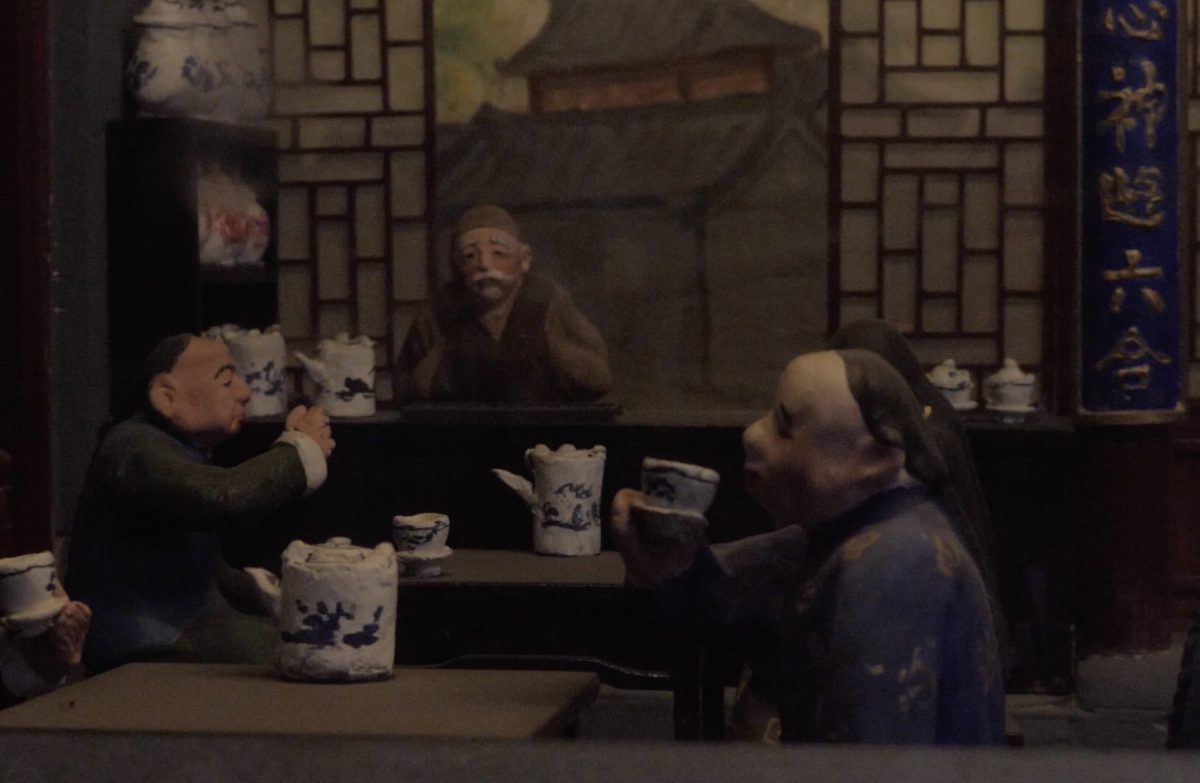
Previously:
Beijing Ren will return next Thursday! Follow Yuan Ren on Twitter @girlinbeijing


